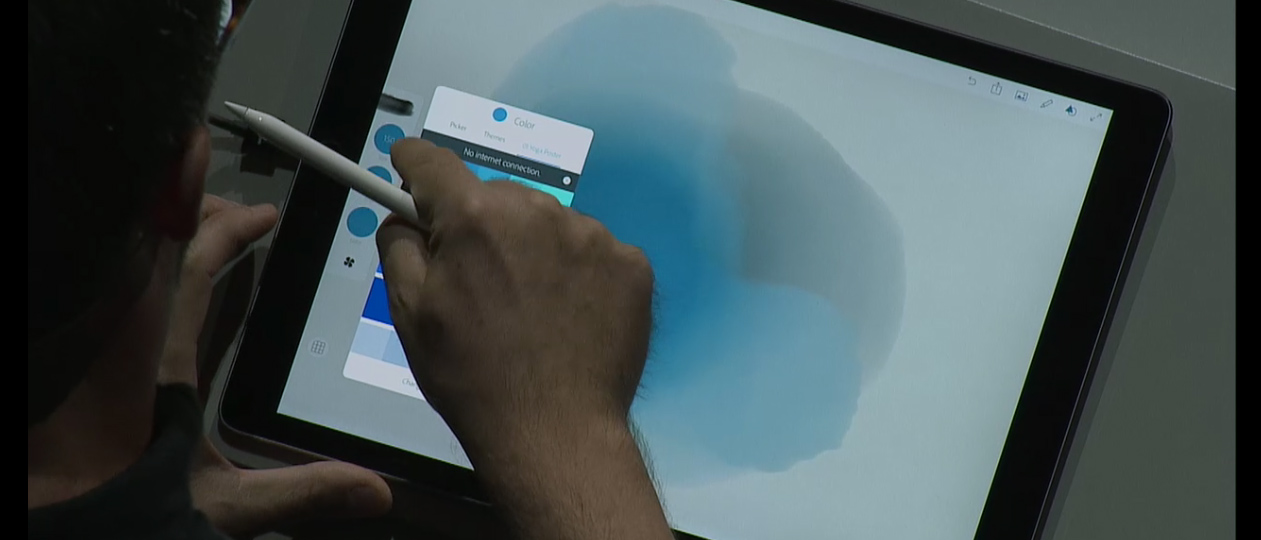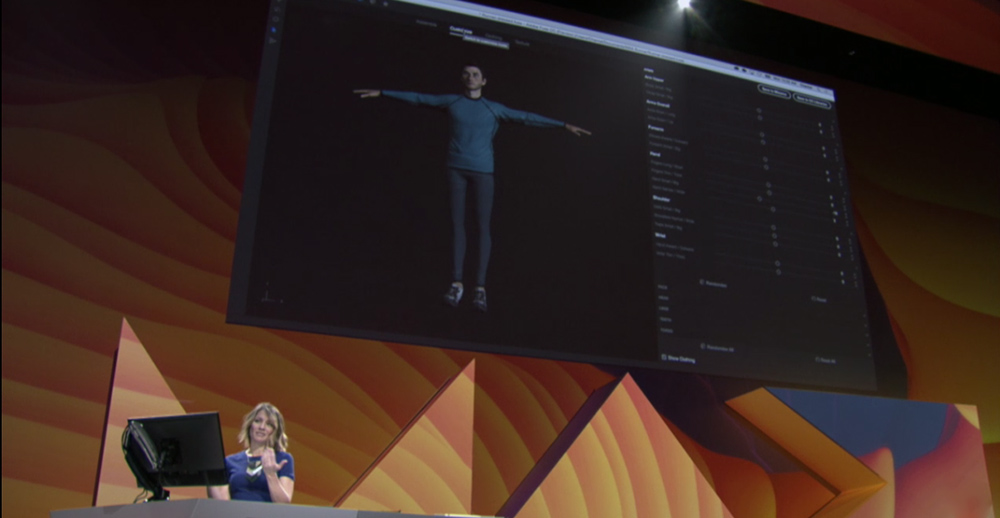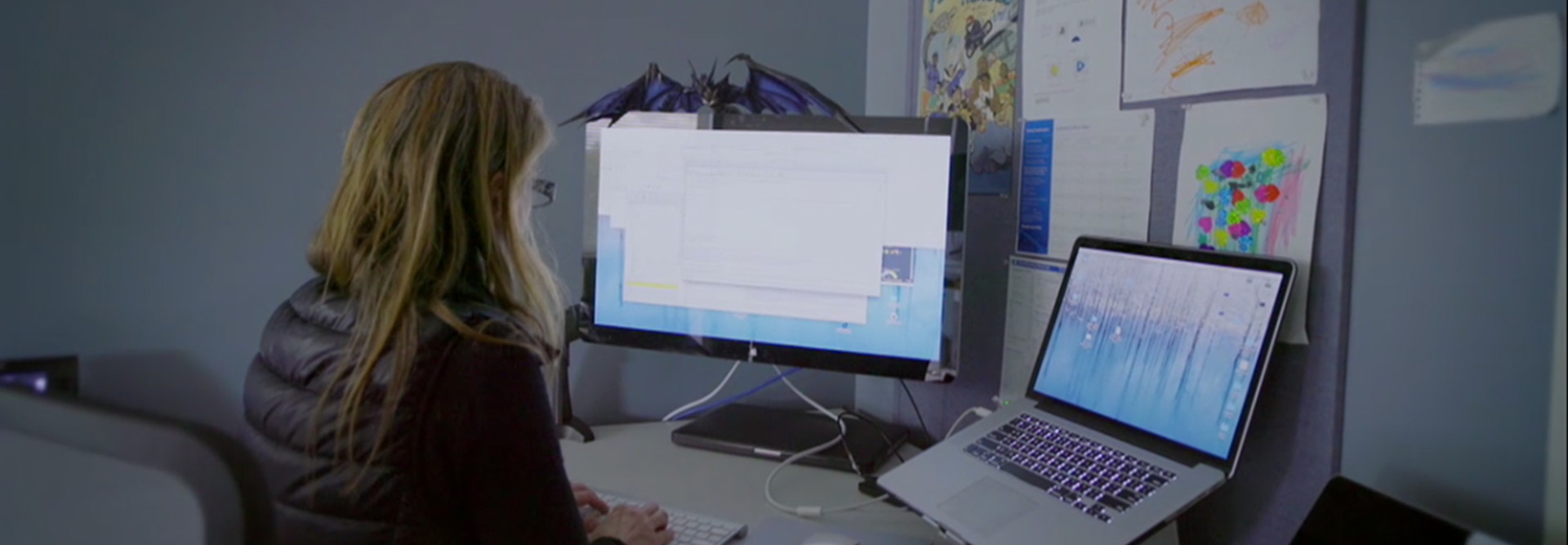Adobe CreativeSync and Fuse Make Design Work More Fun and Efficient
Technology is working harder than ever to free IT workers up from the mundane administrative tasks that dominate their day-to-day activities so they can free their minds up to solve meaningful business problems.
Technology is doing the same thing on the creative side of the house and Adobe, the software developer behind the industry’s go-to productivity suite Creative Cloud, showed how much tech-muscle it was ready to flex to uplift creative professionals at Adobe Max, its annual conference which is being held this week in Los Angeles.
Last year at Max, Adobe made a big splash by focusing on pushing the boundaries of its creative software on mobile platforms. This year, while mobile was still important, the larger focus wasn’t on mobile-only creativity, but on allowing creative work to shift seamlessly across desktop and mobile platforms.
“Over the past decade, we’ve all navigated multiple waves of change. We’ve moved from digital to the web, and now to social and mobile apps. And with each one of these waves, the demand for creative content has exploded, causing the role of the creative professional to be more central, more critical,” said Bryan Lamkin, senior vice president and general manager of digital media for Adobe, at the Adobe Max keynote on Monday.
In Adobe’s view, what designers need to survive in this new era of creative are tools that are high quality, multi-platform and personalized. And creative professionals who’ve been waiting to see what Adobe has in store for them in its 2015 Creative Cloud update can expect the best.
CreativeSync Is Creative Cloud’s Connective Tissue
In past demos, Adobe has wowed conference attendees with jaw-dropping demos, like when it revealed its content-aware tool back in 2009. This year, the technology that Adobe was most proud of was one that was more behind-the-scenes, but no less integral to its success.
A shorthand-way to refer to CreativeSync might be to call it the Dropbox of the Creative Cloud. CreativeSync allows creative professionals to start work on one platform and app and shift to others without interruption. That means a designer can start working on a design in Illustrator on the desktop, move an element of the drawing to a tablet and adjust it using one of Adobe’s Photoshop apps, and manipulate the file on both devices and applications effortlessly and instantly the whole time.
“Over the past few years we’ve spent a lot of time understanding how the mobile and social worlds are transforming creativity and it became very clear that creativity needs to be extended beyond the desktop,” said Scott Belsky, vice president of products, mobile and community at Adobe.
“The future of creativity where you can create whenever, and wherever you’re inspired on your own terms,” he said.
New Creative Cloud Pairs Well with iPad Pro and Microsoft Surface

The trend in tablet computing toward bigger screens and desktop-comparable processing power has one huge benefit: These tablets are strong enough to take run Adobe’s Creative Cloud without restrictions or limitations.
Adobe has partnered with both Apple and Microsoft on their high-end tablet products, the iPad Pro and the Microsoft Surface Pro respectively.
One of the reasons for the tight alignment on the iPad Pro and the Surface Pro has to do with two key aspects of the devices: touch technology and the stylus.
“Of course touch and stylus use is a given for mobile applications, but we believe at Adobe that touch and stylus use are going to continue to grow rapidly on the desktop as well,” said Michael Ninness, senior director of design and web product management at Adobe.
Since the iPad Pro and the Surface Pro are machines that live somewhere between the desktop and the mobile device, it’s the perfect product to educate desktop users on the value of touch-based design.
Fuse and Photoshop Power Avatar-Based Prototyping

Adobe Fuse: one of the new applications that Adobe is adding to its Creative Cloud family seems like something that would be more at home with Second Life, the Internet-based multiplayer online game that dominated headlines and pop culture about 10 years ago.
Fuse is a 3D-rendering tool that allows designers to create avatars for try out concepts and if they like, even incorporate them into the final product.
Using a hypothetical scenario, Chantel Benson, a marketing manager at Adobe, demonstrated how Fuse could be used to quickly mock up a concept for an image that would run on a client’s running website.
Within minutes, Benson was able to create a realistic looking 3D model of a man, alter his clothes and facial characteristics, pull the avatar into Photoshop and position him in a running at the angle that she wanted and layer on the font and abstract background to finish it off.

“I have a compelling image that I could use as either a concept, a plan for a photo shoot or I could keep pushing it further and render it out for a final image. Getting to this point could’ve taken me hours or even days. But with Fuse and Photoshop it came together really quickly,” said Benson.
This potent combination of efficiency and enjoyment is what Adobe hopes will take creative professionals to new heights.
“This is a really fun and flexible workflow [that] we think can really drive your creative process and we cannot wait to see what you make with it,” she said.









